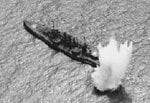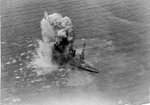I am sure that you aren't the only one unsure of the purpose of this thread, but I believe the OP explains it.
From OPwhat individual ship in WW2 in all the combatant's navies had the most influential and illustrious war record.



